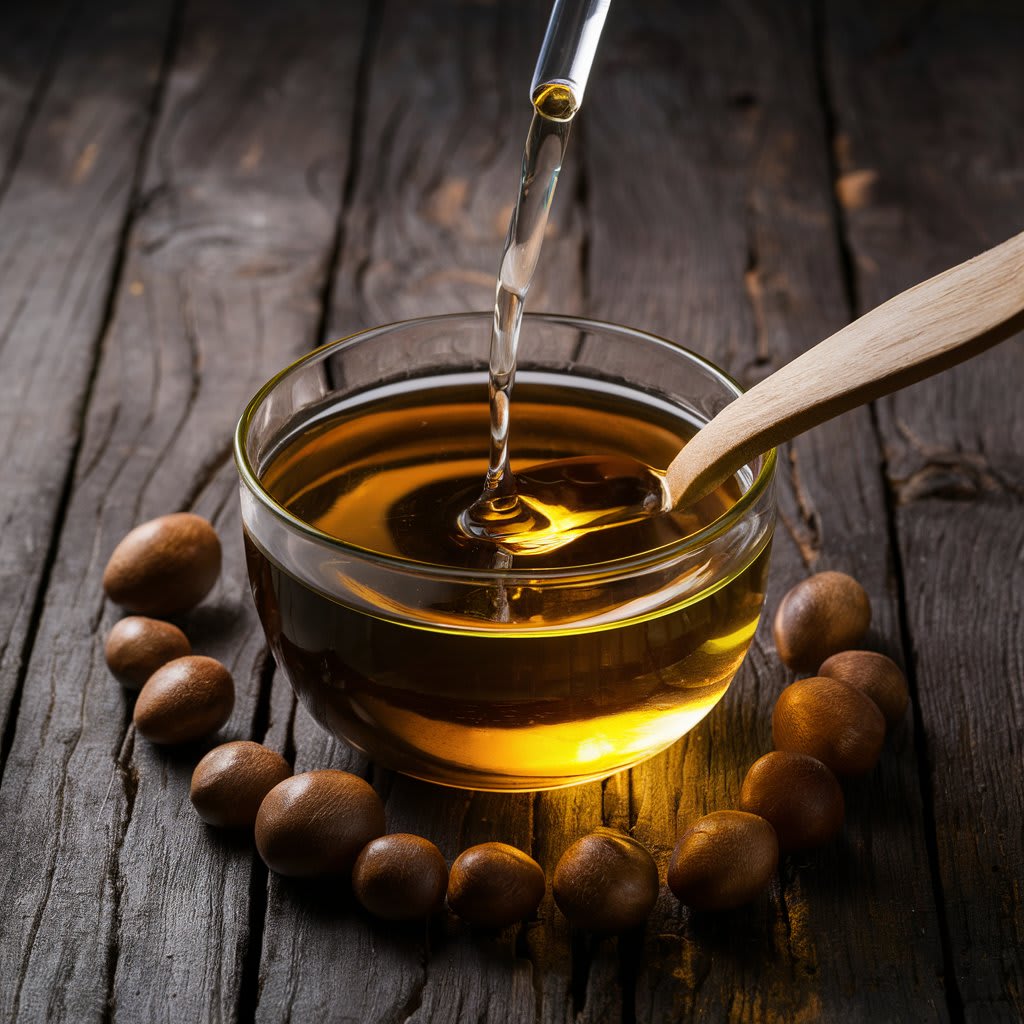If the oil is too hot, the quality of the food goes? What do nutritionists say?
Cooking Oil

While cooking oil turns out to be excessively hot, it can altogether influence the nature of the food being ready. Nutritionists and culinary specialists feature a few issues connected with utilizing excessively hot oil, including supplement corruption, the development of unsafe mixtures, and unfavorable consequences for flavor and surface. Here is a point by point investigation of these viewpoints.
Supplement Corruption
Heat-Delicate Supplements
High temperatures can debase heat-delicate supplements in food, especially nutrients like L-ascorbic acid and some B nutrients. At the point when food is prepared at unreasonably high temperatures, these supplements can separate and lose their healthy benefit. For instance, searing vegetables at too high a temperature can bring about a critical loss of their nutrient substance, making the feast less nutritious in general .
Arrangement of Hurtful Mixtures
Acrylamide Arrangement
One of the most unsettling issues with overheating oil is the development of acrylamide, a possibly cancer-causing compound. Acrylamide structures when bland food varieties are cooked at high temperatures, for example, during searing, simmering, or baking. The gamble increments essentially when the oil temperature surpasses 350°F (175°C) . Devouring food sources with elevated degrees of acrylamide has been connected to an expanded gamble of malignant growth, as per the Worldwide Organization for Exploration on Disease (IARC) .
Trans Fats and Free Extremists
Overheated oils can likewise go through oxidation, prompting the arrangement of hurtful trans fats and free extremists. Trans fats are known to build the gamble of coronary illness by raising terrible cholesterol (LDL) levels and bringing down great cholesterol (HDL) levels . Free extremists can cause cell harm and add to different constant infections, including malignant growth and coronary illness .
Antagonistic Consequences for Flavor and Surface
Flavor Corruption
Cooking oil that is too hot can make food consume outwardly while remaining half-cooked within. This influences the surface as well as the flavor. Consumed food will in general have a severe, terrible taste, which can demolish the general eating experience .
Surface Issues
Overheating oil can bring about food that is unreasonably fresh or intense. For instance, proteins, for example, meat and fish can become dry and chewy when cooked in too hot oil, while vegetables can lose their ideal delicacy and become excessively crunchy .
Safe Cooking Practices
Ideal Oil Temperatures
Various oils have shifting smoke focuses, which is the temperature at which they start to smoke and separate. It's essential to utilize oils with suitable smoke focuses for the sort of cooking you're doing:
Additional Virgin Olive Oil: Smoke point around 375°F (190°C) - best for sautéing or light broiling.
Canola Oil: Smoke point around 400°F (204°C) - reasonable for baking and searing.
Nut Oil: Smoke point around 450°F (232°C) - really great for high-heat searing and pan-searing .
Observing Oil Temperature
Utilizing a kitchen thermometer can assist with keeping up with the right oil temperature. For broiling, most food varieties ought to be cooked at temperatures somewhere in the range of 325°F and 375°F (163°C to 190°C). This reach guarantees that the food prepares uniformly without consuming and limits the development of unsafe mixtures .
Keeping away from Reuse of Oil
Reusing cooking oil on numerous occasions can bring down its smoke point and improve the probability of destructive compound development. Each reuse likewise builds the convergence of free revolutionaries and trans fats in the oil. It's ideal to restrict the reuse of cooking oil and to channel it appropriately in the event that you really do reuse it .
End
Nutritionists concur that cooking with oil that is too hot can corrupt supplements, make destructive mixtures, and adversely influence the flavor and surface of food. By understanding the smoke points of various oils and keeping up with fitting cooking temperatures, you can limit these dangers and appreciate better, better-tasting dinners. Legitimate temperature control not just jam the dietary nature of your food yet additionally guarantees a more secure and more charming cooking experience.
About the Creator
Enjoyed the story? Support the Creator.
Subscribe for free to receive all their stories in your feed. You could also pledge your support or give them a one-off tip, letting them know you appreciate their work.






Comments
There are no comments for this story
Be the first to respond and start the conversation.